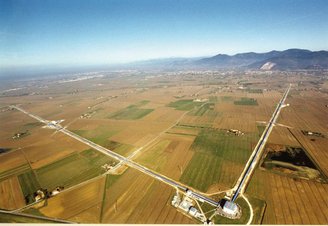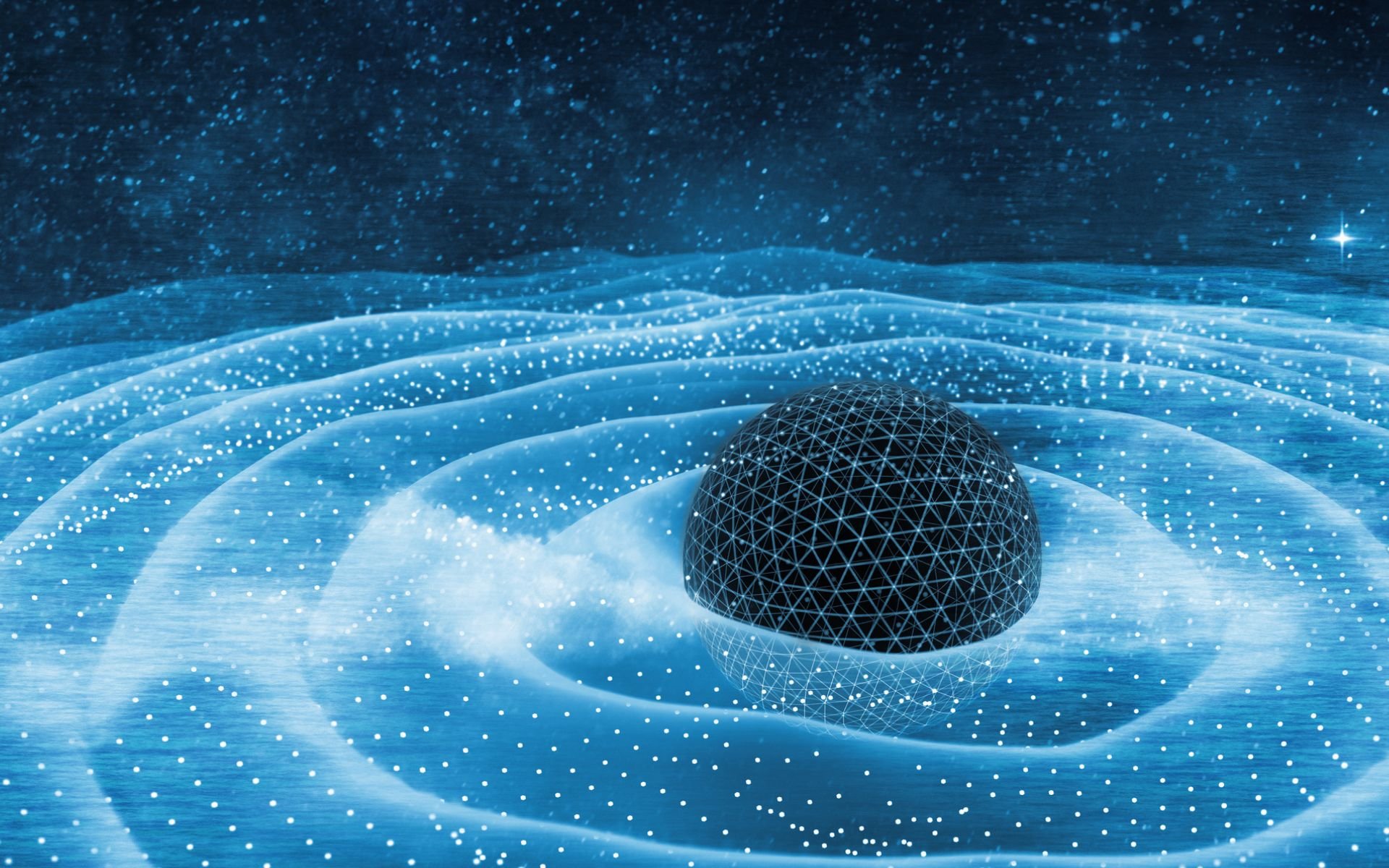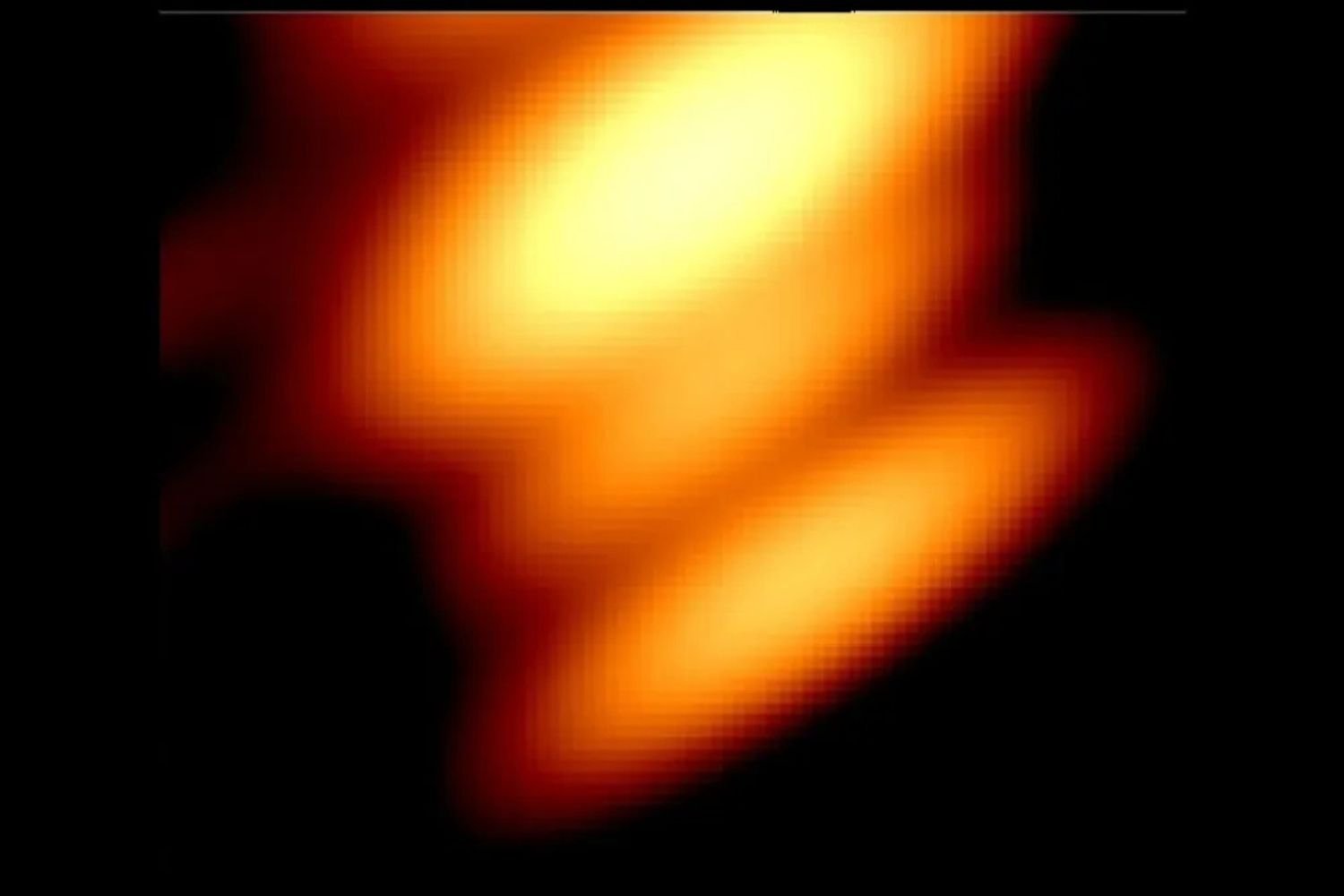A method recently developed by two physicists promises to revolutionize astrophysics, cosmology and particle physics. Using timing parameters from observed pulsars, discovered gravitational waves at frequencies below one nanohertz, LIGO and Virgo observatories, which made history by confirming Albert Einstein’s theory of general relativity in 2015, have had limiting frequencies for detection until now.
The new method is capable of detecting gravitational waves, which measure fluctuations in the curvature of space-time. It only oscillates once every thousand years, meaning it is 100 times slower than other measurements made so far.. These frequencies are so low that they can reveal the secrets hidden in the formation of binary black holes.
“Studying these waves from the early universe will help us build a complete picture of our cosmic past, similar to previous discoveries of the cosmic microwave background,” co-author Jeff Dror, a professor at the University of Florida, explains in a release. .”
Reading gravitational waves in pulses from neutron stars
The new study, published in Physical Review Letters, by Dr. Dror said close examination of the arrival of periodic pulses of radio waves to Earth from rapidly rotating neutron stars could reveal a new spectrum of gravitational waves.
To achieve this, the authors introduced two independent forms of measurement (complementary observables) that can introduce systematic bias; Isolate the effect caused by ultra-low frequency gravitational waves.
The approach resulted in sensitivity very similar to gravitational waves predicted by theory: emitted during the merger of supermassive black holes.
Increasing the “hearing range” of gravitational waves

According to the research, the process developed by the team “opens a new frequency range for detecting gravitational waves.” sensitivity stops at the ten picohertz limit (one picohertz is ten times smaller than nanohertz). It’s as if the team increased the “hearing range” of gravitational waves.
There are two theories regarding the question of the origin of these waves: One argues that they are the result of the merger of two massive black holes. The second suggests that they resulted from catastrophic events that occurred in the early days of the Universe. Using the new parameters, it will be possible to theoretically distinguish events with different wave frequencies, shapes and polarizations.
Since more research and analysis is still needed, “the next step is to analyze newer data sets,” Dror explains in a statement. This is because the data used in the current study is from 2014 and 2015 and new observations have already been made. He plans to use the University of Florida’s HiPerGator supercomputer in the new simulations.
Always stay up to date on the latest Physics studies at TecMundo. If you want, take the opportunity to understand how gravitational waves can confirm Stephen Hawking’s theorem.
Source: Tec Mundo
I’m Blaine Morgan, an experienced journalist and writer with over 8 years of experience in the tech industry. My expertise lies in writing about technology news and trends, covering everything from cutting-edge gadgets to emerging software developments. I’ve written for several leading publications including Gadget Onus where I am an author.












